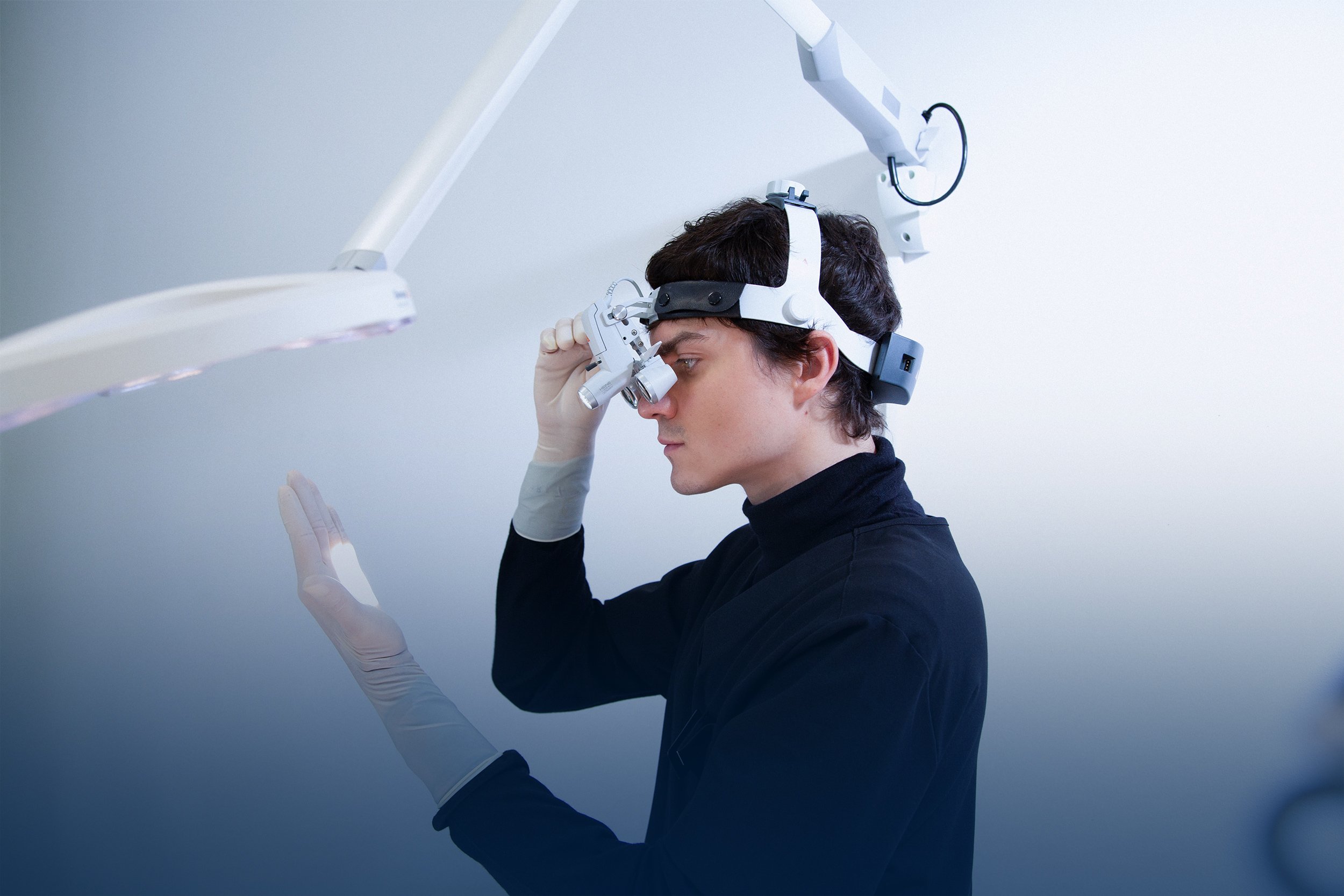
Treatments
Dr Wojciech Czak, PhD, MD
Fellow of the European Board of Ophthalmology
Upper eyelid plastic surgery
-
Blepharoplasty is a procedure to remove excess skin and fatty hernias. Fatty hernias are nothing more than orbital fat tissue protruding through the orbital septum.
-
The procedure is performed for medical indications (if there is a limitation of the field of vision), or for aesthetic reasons (the aim is to improve the appearance of the eyelids, which translates into an overall impression of rejuvenation for the patient). For patients, the make-up aspect is also important - the eyelid margin is exposed during the procedure, making painting more comfortable - make-up does not smudge. Chronic compensation through eyebrow lifting can also lead to tension headaches.
-
The procedure is performed under local or general anaesthesia in a one-day procedure. First, the excess skin is marked. The surgical scar is hidden in the natural crease on the upper eyelid and slightly protrudes beyond the corner of the eye - the length of the incision depends individually on the extent of the skin overhang. After the procedure, a continuous intradermal suture is placed and, if necessary, additional single sutures are placed.

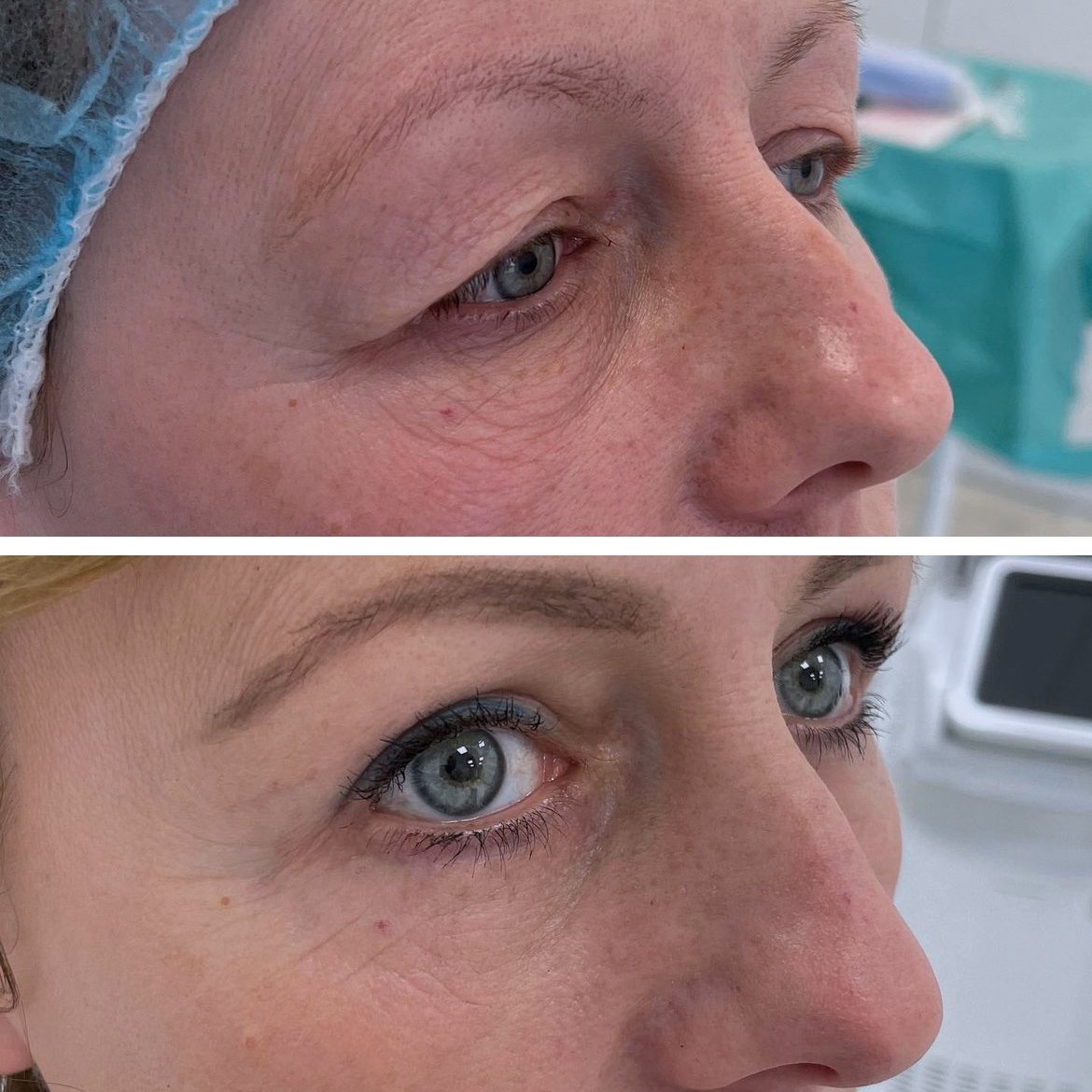



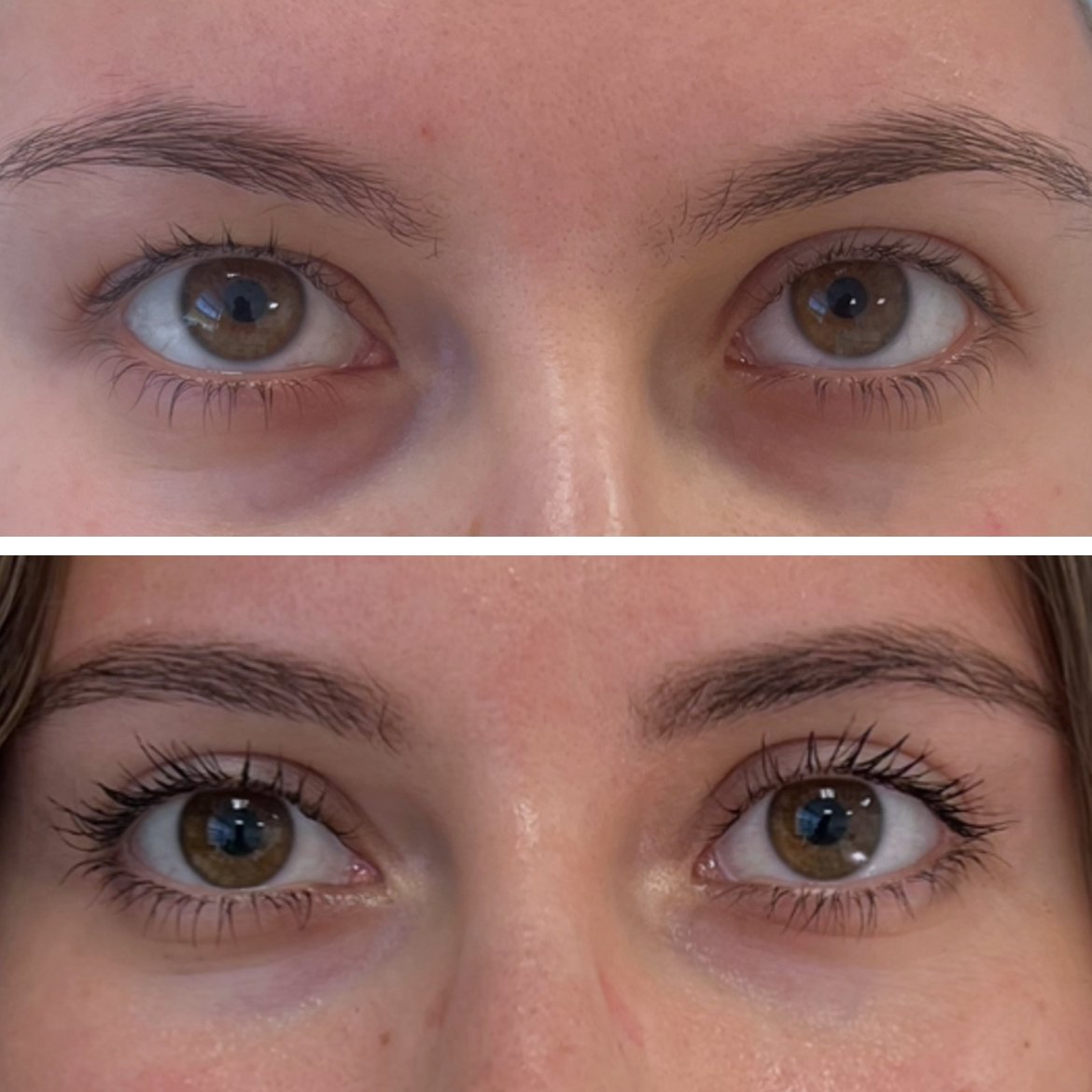

Lower eyelid plastic surgery
-
Lower eyelid blepharoplasty involves the removal of excess flabby skin and fatty hernias from the lower eyelids. Fatty hernias are nothing more than orbital fat tissue protruding outwards through a loose orbital septum.
-
What can we do? Depending on the degree of skin laxity and stiffness of the tarsum (which is is a plate of fibrocartilagenous tissue that stiffens the eyelid, gives it support and determines its form), we have two main surgical methods:
1. the preseptal method, for which mainly young people without skin laxity component can be qualified. In this case, by pulling the lower eyelid away from the eyeball we remove the excess fat tissue from the centre, through the conjunctiva, i.e. without an external incision. The advantage of this method is faster healing and no external scar.
2. In most cases, we deal with fatty hernias and laxity of the skin. In this case, we remove the excess skin under the lash line and by passing through the orbicularis muscle of the eye, and the orbital septum, we remove the excess of fat tissue. The scar for this method is hidden under the lash line.
-
The procedure is performed under local or general anaesthesia.
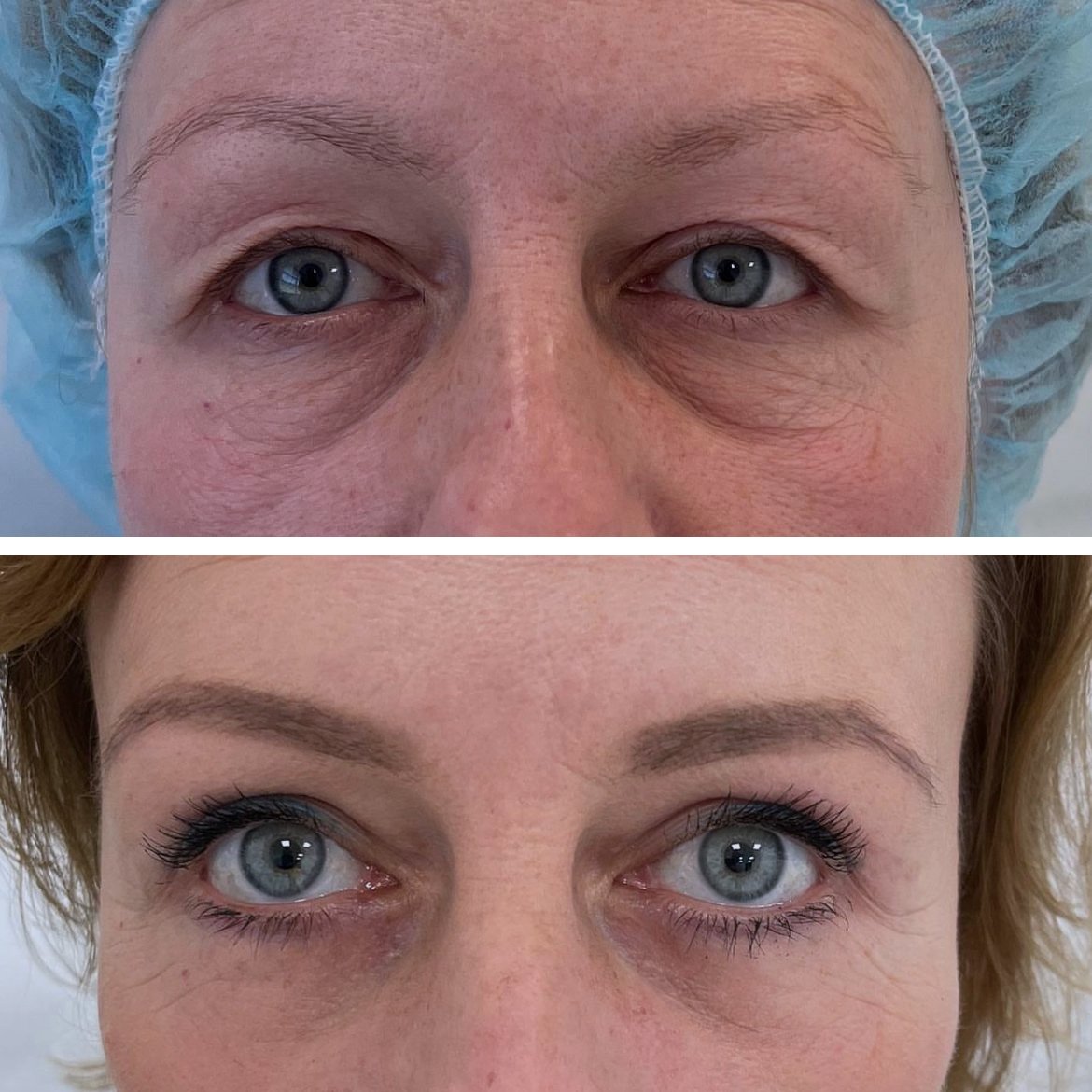
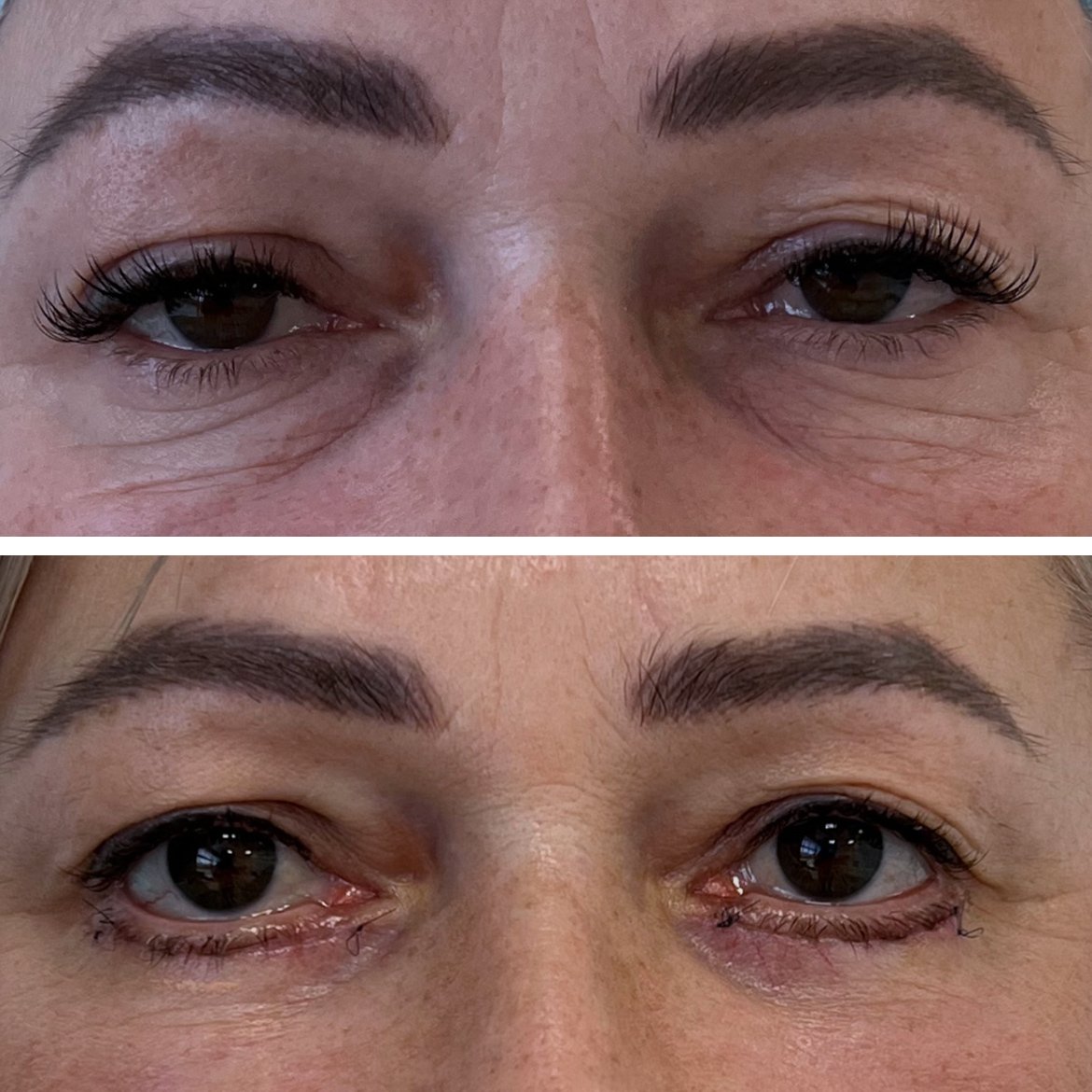
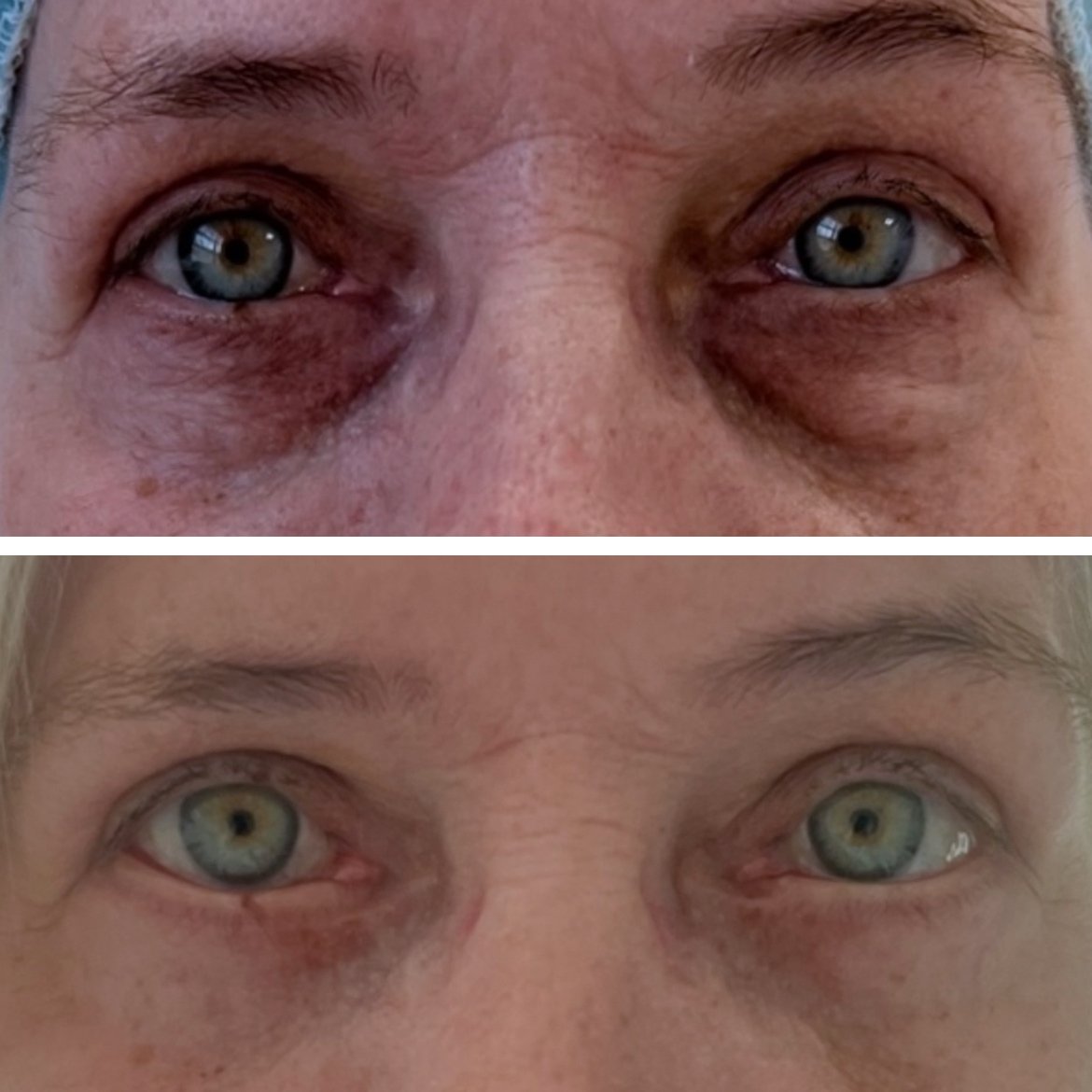

Cataract surgery
-
A cataract is a progressive clouding of the lens. It usually occurs as senile cataract which is a condition of the physiological ageing process of the lens. Other causes of cataracts include ocular trauma, inflammation and systemic diseases, particularly diabetes among them. Certain medications taken both generally and topically can accelerate the development of cataracts.
-
The symptoms of cataracts are progressive haze, deterioration of visual acuity. There are different types of cataract: nuclear, cortical or posterior subcapsular.
-
The standard method of cataract removal is phacoemulsification. The procedure involves removing the contents of the cloudy lens: the nucleus, cortex and implanting an artificial lens. The procedure is performed under local anaesthesia as a one-day procedure.
It is one of the most frequently performed surgical procedures. In Poland, approximately 240,000 such procedures are performed annually.
Ptosis correction
Entropion surgery
Ectropion surgery
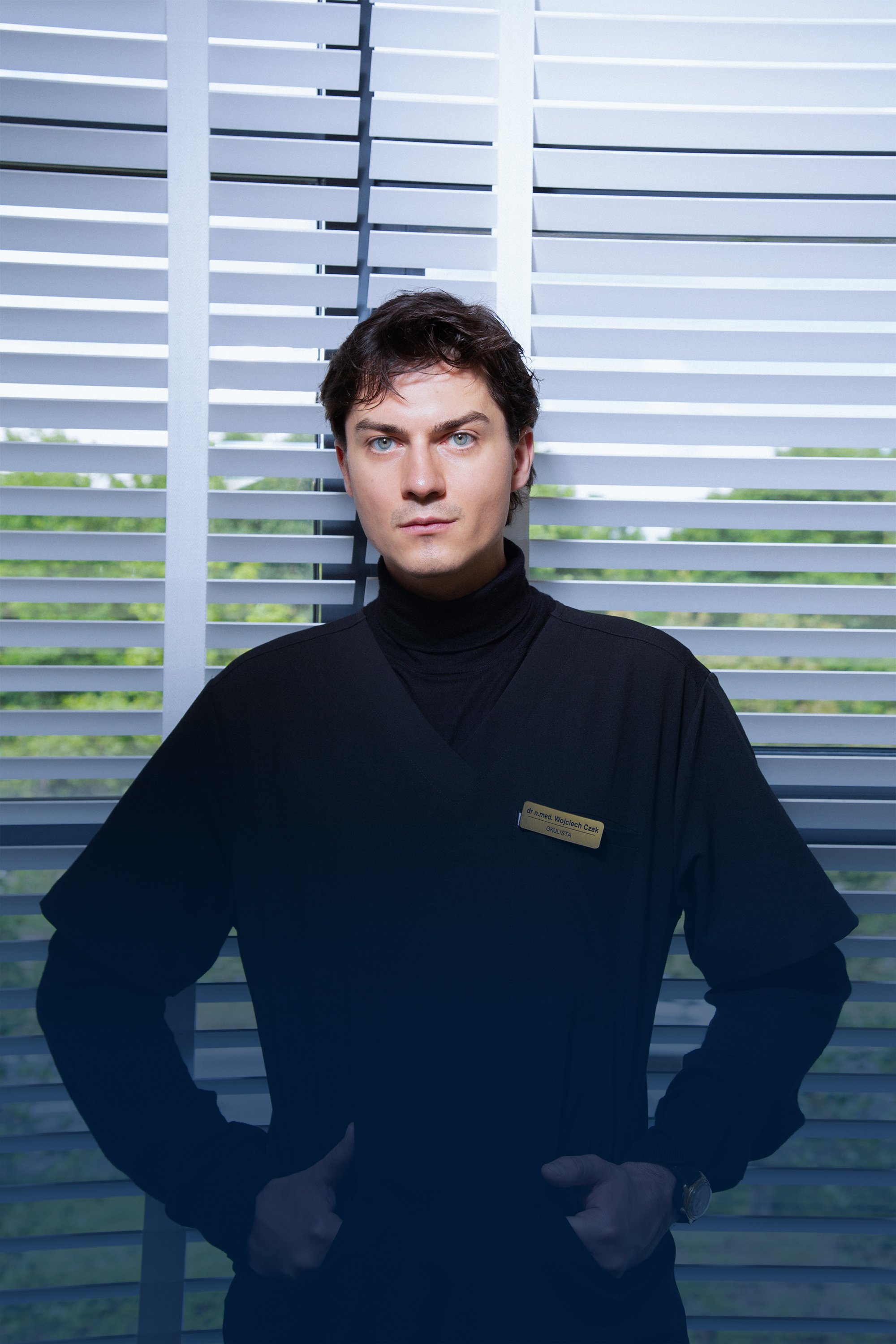
Today I have in my treatment portfolio:
more than 2,000 oculoplastic procedures
more than 200 cataract surgeries
Patient reviews:
